By Alexandra Mehl, Local Journalism Initiative Reporter HA-SHILTH-SA
Offshore of Vancouver Island, in Nuu-chah-nulth waters north of Tofino, some 65 kilometres west of Hesquiat Harbour, lives a nursery of deep-sea octopuses brooding their eggs.
It’s one of just four known octopus nurseries in the world, said DFO researcher Cherisse Du Preez.
In late May, Du Preez and colleague Heidi Gartner set out to sea on a deep-sea expedition, in partnership with the Nuu-chah-nulth Tribal Council, Council of Haida Nation, Quatsino and Pacheedaht First Nation, Ocean Networks Canada and Fisheries and Oceans Canada.
The expedition was largely to explore the pending Marine Protected Area Tang.ɢwan-ḥačxʷiqak-Tsig̱is, alongside additional places of protection interest, Du Preez says.
Months prior, the German scientific research organization GEOMAR and Natural Resources Canada discovered bubbles travelling 1.5 kilometres through the water column, indicating a methane seep from the seafloor, Du Preez says. This was the reason they went to the site.
The group explored roughly 12 locations where gases escape from fissures in the ocean floor. They’re among at least 1,500 offshore cold seeps west of Vancouver Island, extending from southern Vancouver Island to Haida Gwaii, Du Preez says.
On their last dive of the expedition, along Hesquiat slope, they came across deep sea octopus brooding on their eggs within cave-like features in carbonate rock created by the cold seeps.
READ MORE: UVic astronomer writes ultimate Vancouver Island, Gulf Islands snorkelling guide
“The methane bubbles…that are bubbling out of the seafloor creates large chunks of methane ice,” Du Preez says. “They actually create entire uplifts, and they tear the seafloor upwards.”
She added that this process also “creates carbonate rocks that are then habitat on the seafloor that otherwise weren’t there.”
“It’s almost volcano-like,” Du Preez says. “It’s bringing stuff up from deep within the earth, it’s creating rocks, and it’s all overflowing and then tumbling down and it builds up on itself.”
“In this particular location we saw one of these blisters in the earth’s surface,” she says. “We saw this violent bubbling coming out, and all the rocks that were being created and tumbling down the slope collected in this boulder field that was otherwise surrounded by desert-like, muddy abyss.”
READ MORE: After 150 years, sea otters return to Haida Gwaii
According to a 2014 study, this particular deep-sea octopus, Graneledone boreopacifica, is known to have the longest-known egg brooding period of any animal due to the cold temperatures of the deep sea waters. The embryonic development period slows down, compared to shallow water octopus which brood their eggs from one to three months.
“It’s a beautiful deep-sea octopus, very charismatic, purple, big black eyes,” said Du Preez. “They sit on their eggs, don’t move, don’t eat and just defend the eggs for a minimum of four and a half years.”
Like salmon, brooding these eggs will be the last thing that these octopuses do, Du Preez says.
Cold seeps are recognized by the Canadian government to be among ecologically and biologically significant areas.
“They are so standalone outstanding, with the biodiversity you find around them, that they warrant protection,” Du Preez says.
The nursery ground that Du Preez and her team discovered is currently located in an area that is fishable.
“The most concerning thing about finding a nursery somewhere where fishing can happen, is that it can be that easy to take out a single generation of an octopus,” she says, reflecting on bottom contact fishing.
The crew counted 25 easily spotted octopuses, though Du Preez says she has “no doubt that there were hundreds more than what we saw.”
Gartner, also a DFO researcher, says as they moved along the seafloor in more sandy locations they also saw young octopus close to the nursery.
“It was really good evidence for us that this nursery habitat is really effective,” said Gartner.
Deep-sea octopuses represent the top of the food chain, making them significant to the distribution of energy in the deep sea, Du Preez says.
“When the top predators aren’t healthy, they actually have an effect back on the ecosystem.”
Du Preez explains that octopus living along Hesquiat slope will have an impact on global ocean ecosystems.
“If you didn’t have that nursery ground…you almost couldn’t imagine the ripple effect, if that wasn’t a safe place for the octopus,” Du Preez says. “You might not have that type of octopus anywhere along the North American continental slope — all five coasts — because they all come from that one nursery ground.”
Dianne Ignace and her family lives in the small village of Heskwii in Hesquiat Harbour. For the family, octopuses close to the shore are a common sighting.
“We do have some excitement with octopus every now and then,” Ignace says.
Ignace has been told stories from her husband and his father, George Ignace, about at the rocky drop off at the edge to the channel where octopuses could reside.
“Long ago the old-timers used to go down there and dig them out,” she says. “They get right in the water, and nobody does it anymore.”
They would eat them, she says.
Oftentimes when Ignace or her family have come across an octopus, it happens in the winter. When they do find them on shore it’s after they have been dropped by an eagle.
For Gartner, a collective love and connection to octopus can help connect people to the importance of deep-sea conservation.
“Seeing an animal that’s intelligent and with big eyes and living so deep, so remote, so far away from us, and yet, there’s so many elements that you can connect to it’s just kind of special,” Gartner says. “It’s a great way to connect the deep sea to us.”
Plan your adventures throughout the West Coast at westcoasttraveller.com and follow us on Facebook and Instagram @thewestcoasttraveller. And for the top West Coast Travel stories of the week delivered right to your inbox, sign up for our weekly Armchair Traveller newsletter!

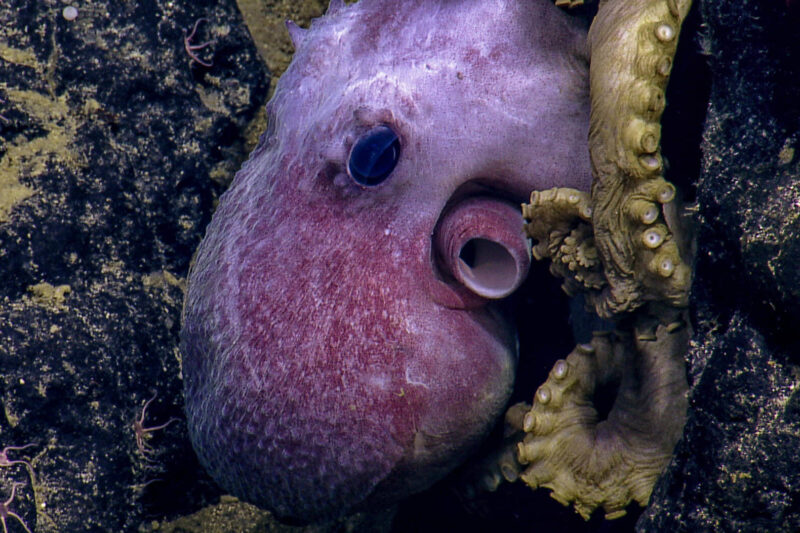
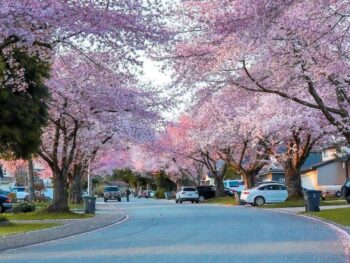

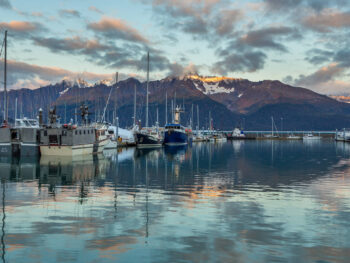
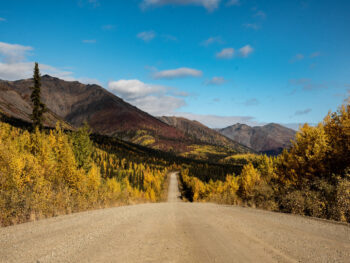
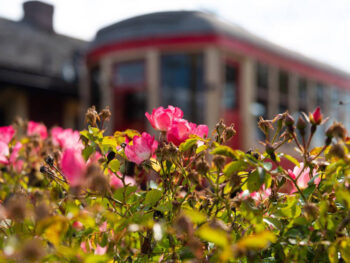

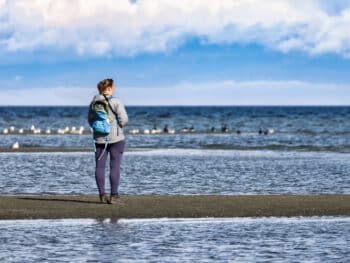


 Fall in love with ‘Lake Country’ – 10 things to do in Kelowna this summer
Fall in love with ‘Lake Country’ – 10 things to do in Kelowna this summer